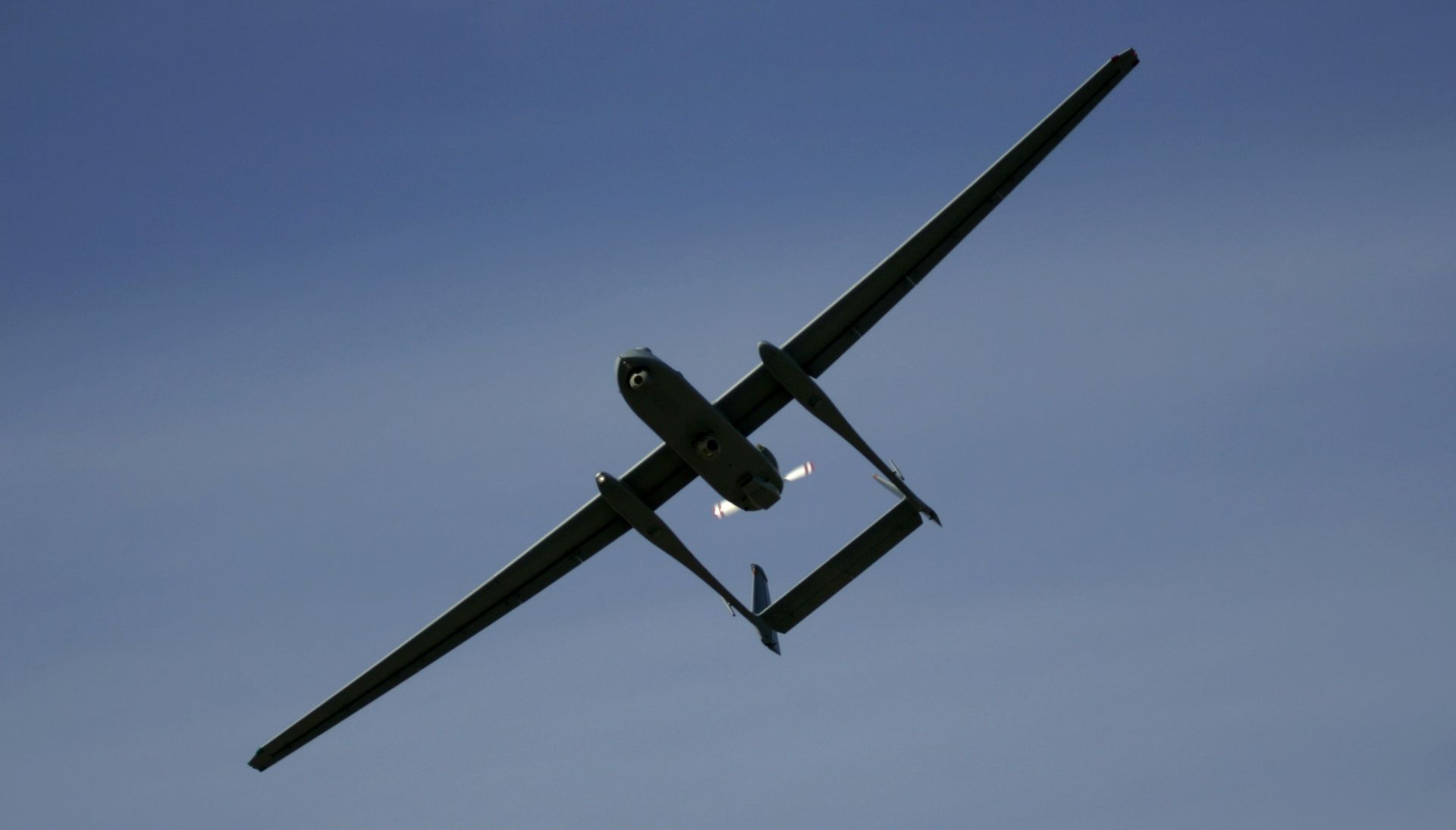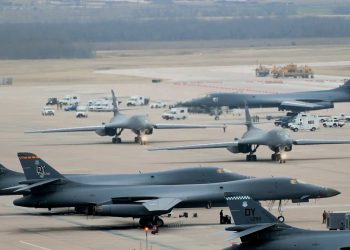US Air Force, LANGLEY AIR FORCE BASE: Traditionally tasked to hunt for targets, Air Combat Command's Predators are now authorized to seek survivors during disaster relief operations.
A certificate of authorization, issued by the Federal Aviation Administration May 18, allows the MQ-1 or MQ-9 to support relief operations by providing video and infrared search and rescue capability within specified flight restrictions.
In 2005, 1st Air Force requested unmanned aircraft system support to provide video for search and rescue purposes in the wake of Katrina; however, because of national airspace restrictions, the request was cancelled.
“We couldn't fly because we didn't have the authorization, and there wasn't a sufficient amount of time to accomplish the necessary coordination,” said Tom Thibodeau, ACC unmanned aerial systems management consultant. “Now, we have a process to receive approval to fly Predators within hours as opposed to weeks.”
Hurricane Katrina emphasized not only why it's important to have assets readily available, but also to have an understanding in place between the FAA and the military, said Lt. Col. Matthew Bannon, ACC chief of unmanned aerial systems.
And now that Predators are authorized to fly in direct support of disaster relief, these taskings must be balanced with their ongoing overseas missions. With the exception of one training squadron, 100 percent of ACC's Predator assets are currently supporting operations Iraqi Freedom and Enduring Freedom.
“Right now, there are at least 10 crews flying over Iraq and Afghanistan 24 hours a day, seven days a week,” Colonel Bannon said. “It would be a net zero sum gain because there are so few people qualified to do it; (the Predator) is a low-density, high-demand asset.”
This high-demand asset could bring a number of capabilities to disaster relief operations including sensors that would enable a search for survivors.
Additionally, the MQ-1 also has an infrared camera with a digitally enhanced zoom capable of identifying a heat source as small as a person from 10,000 feet, the colonel said.
Another capability of the UAS is the electro-optical camera, which identifies color as opposed to heat. This would allow rescue crews to identify people using bright colors to signal rescue crews.
With the proper equipment — a laptop and the right frequency — the Predator can relay these images back to the ground crew as they happen.
“Combine (imagery) with voice communication and you can direct the Predator to different areas on the ground, providing an eye in the sky for the search and rescue crews on the ground,” Colonel Bannon said.
With all of the advantages the Predator could potentially bring to future disaster relief operations, the colonel said the key is to help people understand these benefits.
“We are working closely with the FAA to safely increase UAS access to national air space,” he said. “If it's the right thing to do for disaster relief, then we certainly want to support search and rescue on the ground.”
Beijing slams US over potential Chinese drone ban
China said on Friday it would take "all necessary measures" in response to the United States announcing it was considering...








